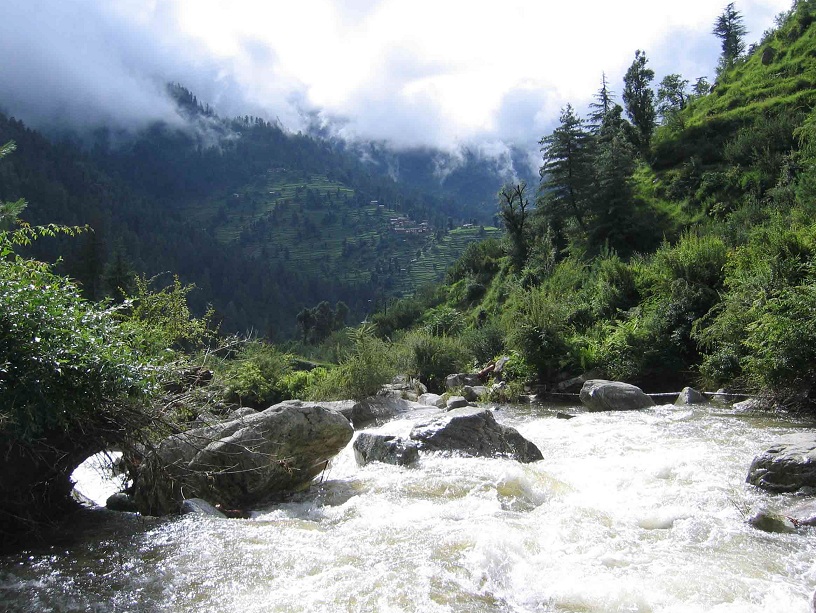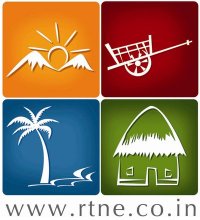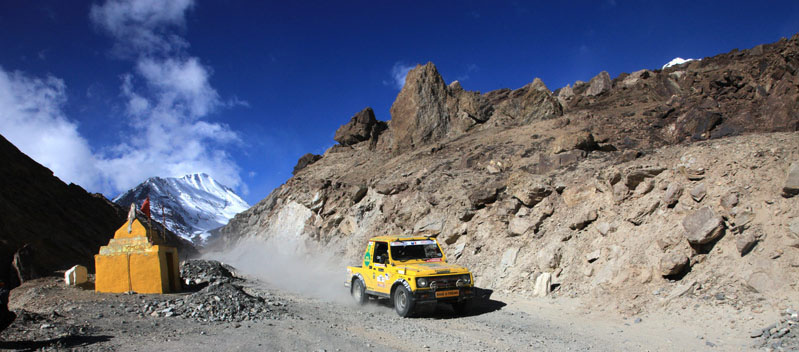There is a reason why Himachal Pradesh is also known as “Devbhoomi” (Abode of Gods). Pristine valleys, towering mountains, sparkling rivers and vast stretches of green – where else would Gods reside, if not in Himachal. From times immemorial, the natural beauty and soothing climate of Himachal has lured people from all parts of the world. Like a doting mother, Himachal has embraced one and all irrespective of their shortcomings and disregard to the very ecosystem that supports them. Scenic hill-stations have now become major commercial centers and are visited by lakhs of tourists every year, thereby, putting immense pressure on their fragile and ever depleting ecosystem. Since tourism is one of the main sources of revenue generation for people of Himachal, it is essential that tourism should be promoted in a way that it preserves the natural ecosystem and propagates principle of self-sustainable growth.
Guided by its founding principles – preservation of natural ecosystem and creation of self-sustainable rural economy-myHimachal has entered into a partnership with Rural Tourism Network Enterprise (RTNE) to promote rural tourism in untainted regions of Himachal. The pilot project for this partnership has already taken off in pristine Upper Seraj Valley (USV). In its role as a Destination Management Company (DMC), My Himachal is responsible for collection, aggregation and distribution of rural home-stay content to RTNE. My Himachal’s team in USV is bridging the supply-chain gap between rural home-stay owners and potential tourists by utilizing RTNE’s established infrastructure.
Although USV is one of the most picturesque valleys in Himachal (read the details below), it is also one of the remotest region in Himachal, a factor that has hampered the efforts to install very basic infrastructure. Eventually, lack of infrastructure has limited the growth opportunities and employment avenues for local people who have to migrate to the cities to earn their livelihood and support their families. By partnering with RTNE and by utilizing untapped tourism potential of USV, myHimachal intends to provide various avenues for employment to local people in order to support the creation of self-sustainable rural economy.
Upper Seraj Valley Tourism – A Promotional Perspective (by Payson Stevens)
The Upper Seraj Valley (USV) is one of the more isolated and unique tourist destinations in the Kullu Valley. Located between the Jalori Pass to the south and the Gushani Village to the north, it is an area blessed with a peaceful ambience and wondrous, environmental features. If you like nightlife and parties you will not enjoy the USV, but if you love nature, hiking, trekking, and peaceful surroundings you won’t be disappointed. The mountain villagers are friendly and open.

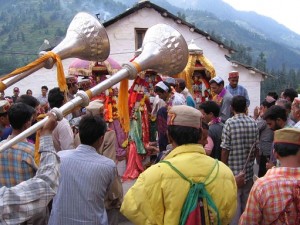
The USV is divided at Banjar with Jalori Pass to the south and Gushani towards the north. Guest houses, hotels, and cottages are all available (with a range of cost from Rs.300-10,000/night).
There are numerous USV attractions, some of which include:
Banjar to Jalori Pass:
- Jalori Pass (10,000 ft elevation)
- Ruins of Raghunath Fort above Jalori
- Seroalsar Lake, a two hour hike from Jalori to a small lake and temple of religious/cultural
- significance.
- The villages of Jibhi and Ghiyagi with their unique devta culture
- Shringi Rishi Temple (for the valley’s main diety)
- Beautiful hikes along the Hirub Nallah with old Deodar-Oak-Horse Chestnut forests
- Fishing along the Hirub nallah
- Shoja Village with views of the Mankikaran Sapphire high mountain ranges
- Banjar to Gushani
- Hikes along the Tirthan River
- Trout fishing in the Tirthan River
- Tent Camping Sites along the River
- The Sai Ropa Visitor Center of the Great Himalayan National Park/GHNP (with dormitories,
- single rooms, and a 1 km marked nature trail )
- Trail head to entry to GHNP with extensive trekking (days to weeks) throughout the 754 sq km of the Park (entry fees and permission required).

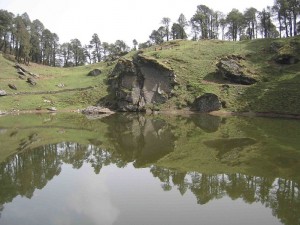
Numerous seasonal festivals/melas occur in the region along with Dusshera in the Kullu Valley every late Fall.
Remember: If you love and respect nature and a peaceful, quiet place then a visit to the Upper Seraj Valley will be rewarded with memories of Dev Bhoomi that will last a lifetime.
Aru hails from Una, Himachal Pradesh, and is at present working as Automobile Engineer in Michigan, USA.


